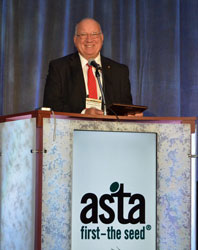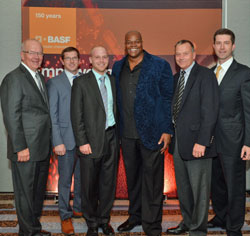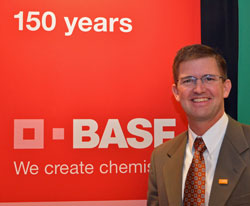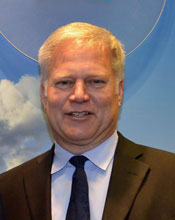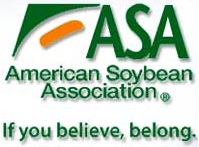 In a legal opinion released on Monday, the Government Accountability Office (GAO) found that the Environmental Protection Agency (EPA) “violated publicity or propaganda and anti-lobbying provisions contained in appropriations acts with its use of certain social media platforms in association with its Waters of the United States (WOTUS) rulemaking.”
In a legal opinion released on Monday, the Government Accountability Office (GAO) found that the Environmental Protection Agency (EPA) “violated publicity or propaganda and anti-lobbying provisions contained in appropriations acts with its use of certain social media platforms in association with its Waters of the United States (WOTUS) rulemaking.”
According to the GAO:
Specifically, EPA violated the publicity or propaganda prohibition though its use of a platform known as Thunderclap that allows a single message to be shared across multiple Facebook, Twitter, and Tumblr accounts at the same time. EPA engaged in covert propaganda when the agency did not identify EPA’s role as the creator of the Thunderclap message to the target audience. The agency’s #DitchtheMyth and #CleanWaterRules social media campaigns did not implicate the publicity or propaganda prohibition. EPA also violated anti-lobbying provisions though its hyperlinks to certain external Web pages in an EPA blog post. Both of the external Web pages led to appeals to the public to contact Congress in support of the WOTUS rule, which taken in context, constituted appeals to contact Congress in opposition to pending legislation. EPA associated itself with these messages through its decision to include the hyperlinks in its blog post.
“It’s clear from this report that EPA orchestrated this matter in a biased fashion,” said American Farm Bureau Federation (AFBF) president Bob Stallman in a statement. “Courts already have declared serious doubts about the legal authority for the rule. Now that it has become clear that the agency used illegal tactics to manufacture ill-informed support for the rule, Congress should act immediately to prohibit implementation of this rule, which is the product of an unlawful and misguided process.”
The GAO investigation was conducted at the request of Senate Environment and Public Works Chairman Jim Inhofe (R-OK).




